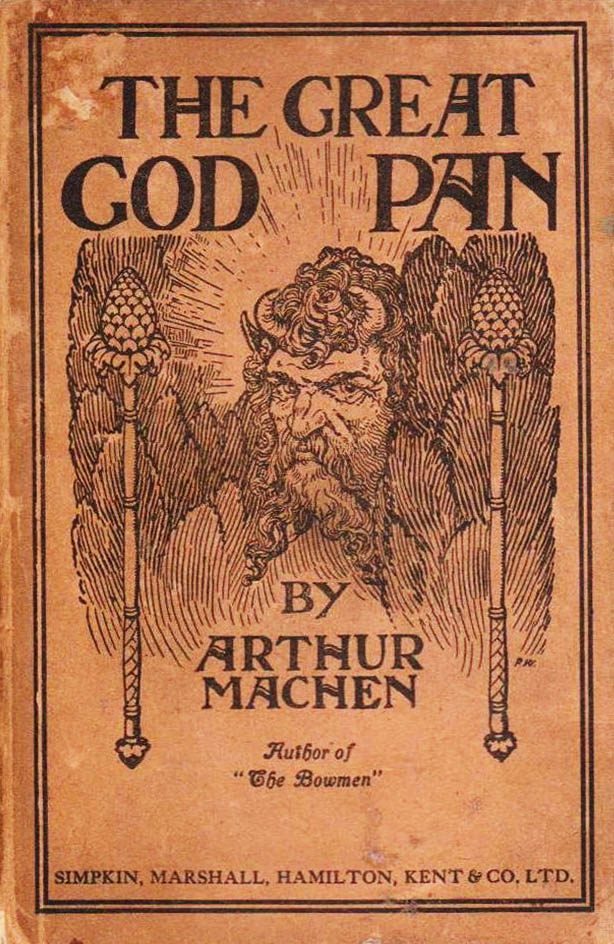Happy Summer Solstice!
Midsummer pagan celebration scene from Tarkovsky’s 1966 film Andrei Rublev about the Russian icon painter. Entire scene with haunting Ovchinnikov score in the clip.
Midsummer pagan celebration scene from Tarkovsky’s 1966 film Andrei Rublev about the Russian icon painter. Entire scene with haunting Ovchinnikov score in the clip.
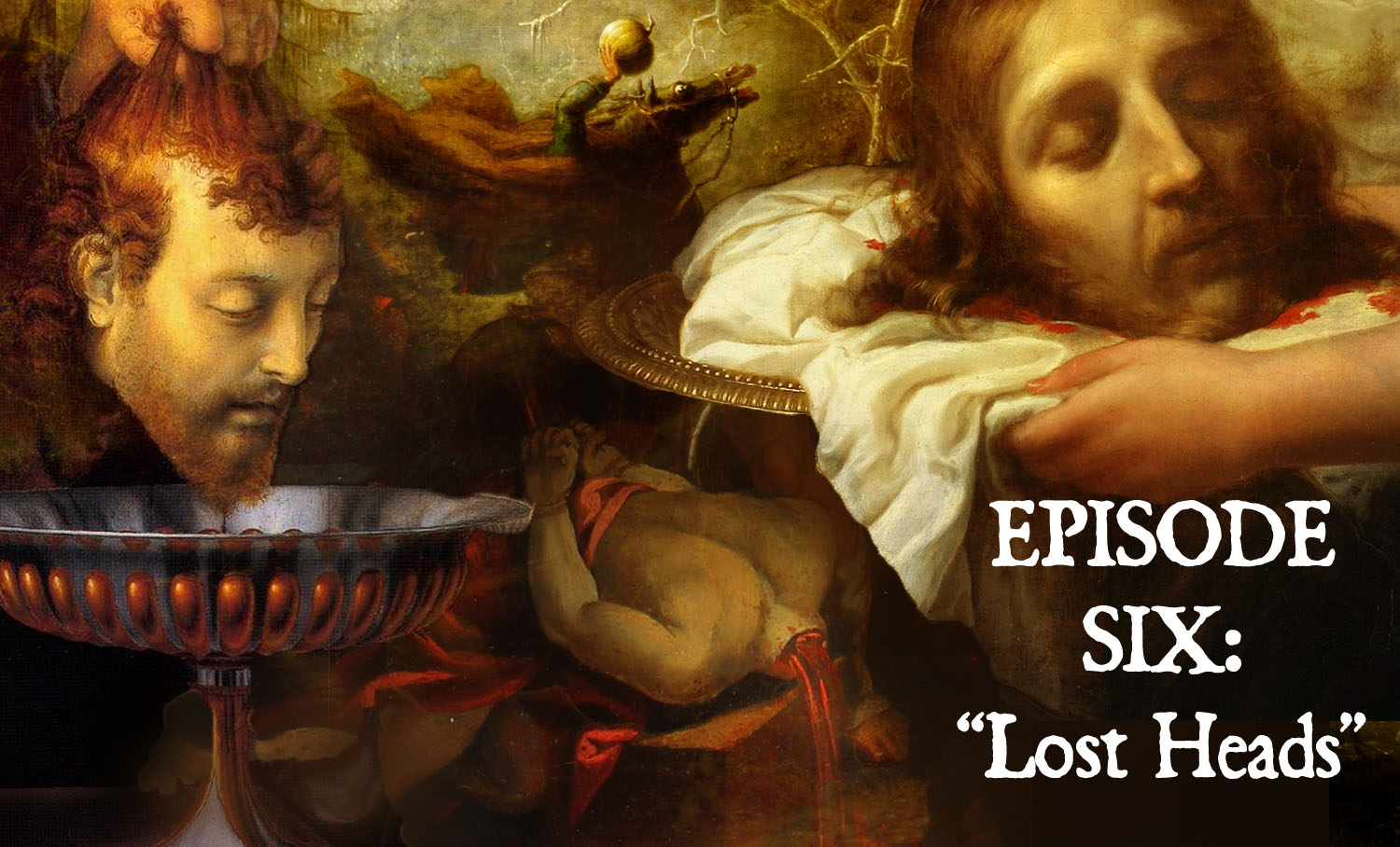
Podcast: Play in new window | Download (Duration: 41:22 — 75.7MB)
Subscribe: Apple Podcasts | Spotify | Android | Podchaser | RSS | More
As June 24, the feast of St. John the Baptist approaches, the folklore of decapitation suggested itself as an appropriate theme for this episode. We begin by way of an old English children’s rhyme and game, “Oranges and Lemons” based on melody played by the bells of St. Clemens church in London. The rhyme ends with the couplet:
Here comes a candle to light you to bed
And here comes a chopper to chop of your head
Chip chop chip chop the last man is dead
… which should explain our inclusion here. We hear this melody (played by local bagpipers) during a procession in the 1973 folk-horror classic The Wicker Man. In the film,the tune accompanies a mock beheading game that the director borrowed from a traditional sword dance, one particularly well preserved in the south Yorkshire town of Grenoside.
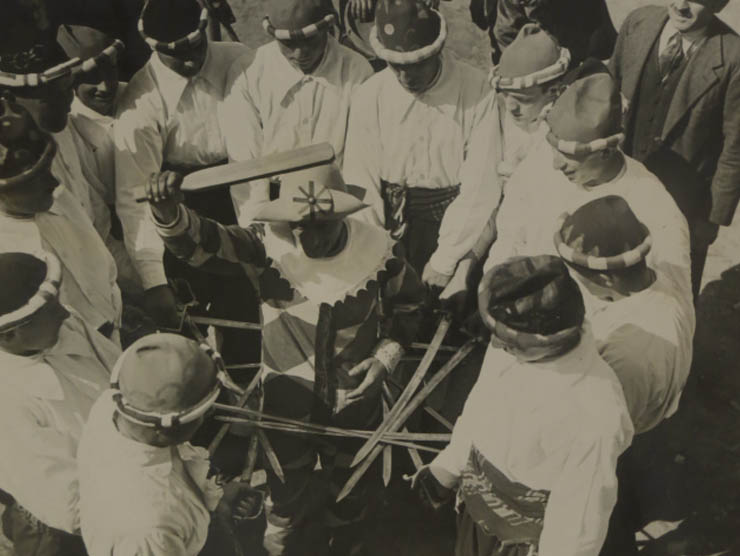
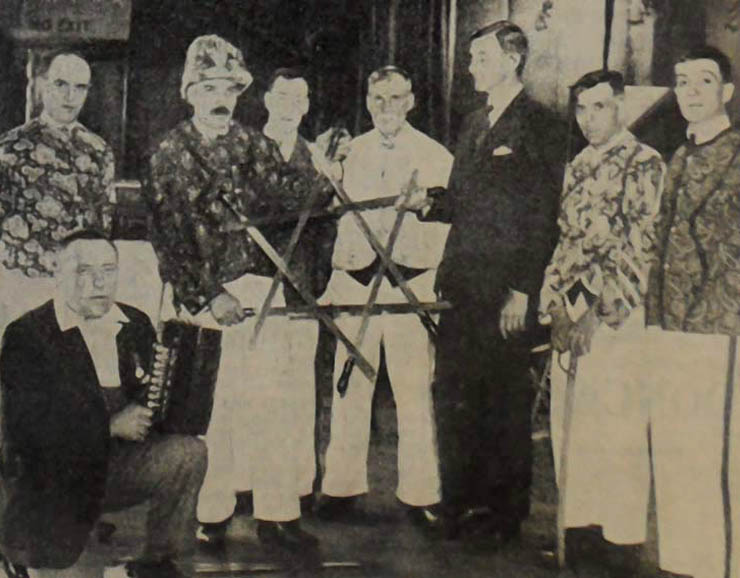
We then review the John the Baptist story, how Salome offers a very pleasing “Dance of the Seven Veils” to King Herod, receiving in gratitude for the performance, a reward of her choosing, Thanks to Salome’s mother, Herodias, the reward chosen is the head of John the Baptist’s. We learn a bit more Herodias, and hear a delightful tale (or tales) of divine punishment she received as well as her late medieval association with the folklore of witchcraft.
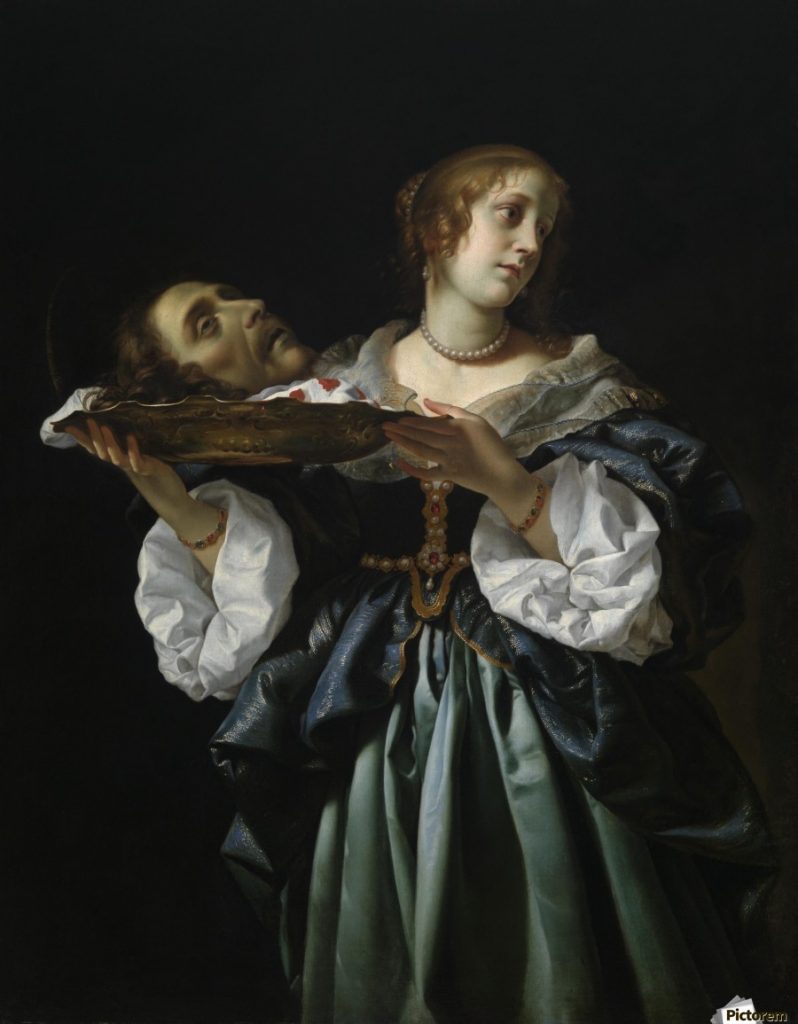
Next we move on the to the discussion of cephalaphores, or saints who suffer decapitation but stubbornly refuse to die, instead traipsing about holding their severed heads. We discuss the cephalaphores St. Denis, St. Edmund (who’s head was guarded by a remarkably tame wolf) and St. Winifred, better known for her holy well.
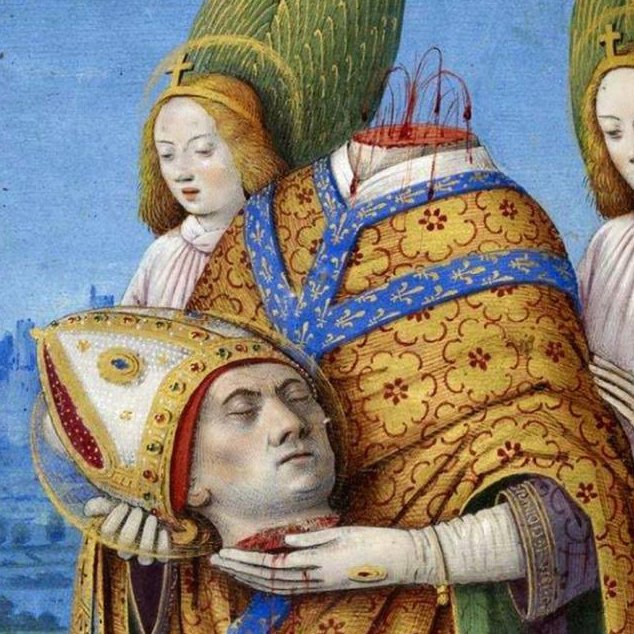
As it turns out, holy wells, which are particularly prominent in Wales, are also associated with severed human heads — more often than one might expect. Some examples and a likely a explanation are offered, and we learn which holy well until recently afforded the visitor the opportunity to employ a saintly skull as a dipper.
Wouldn’t you know it but the topic of magic wells and heads somehow brings us back to The Wicker Man as we learn about a connection between a song in the film and a fairly obscure Elizabethan drama rich in songs, spells, and fairy stories.
We then return to head-chopping games, and one suggested by a mysterious green stranger who appears at King Arthur’s Christmas feast in the tale of Sir Gawain and the Green Knight. Also mentioned is a cinematic treatment of the tale, 1984’s Sword of the Valiant, featuring Sean Connery in an outlandish costume that almost gives his wardrobe in Zardoz a run for its money.
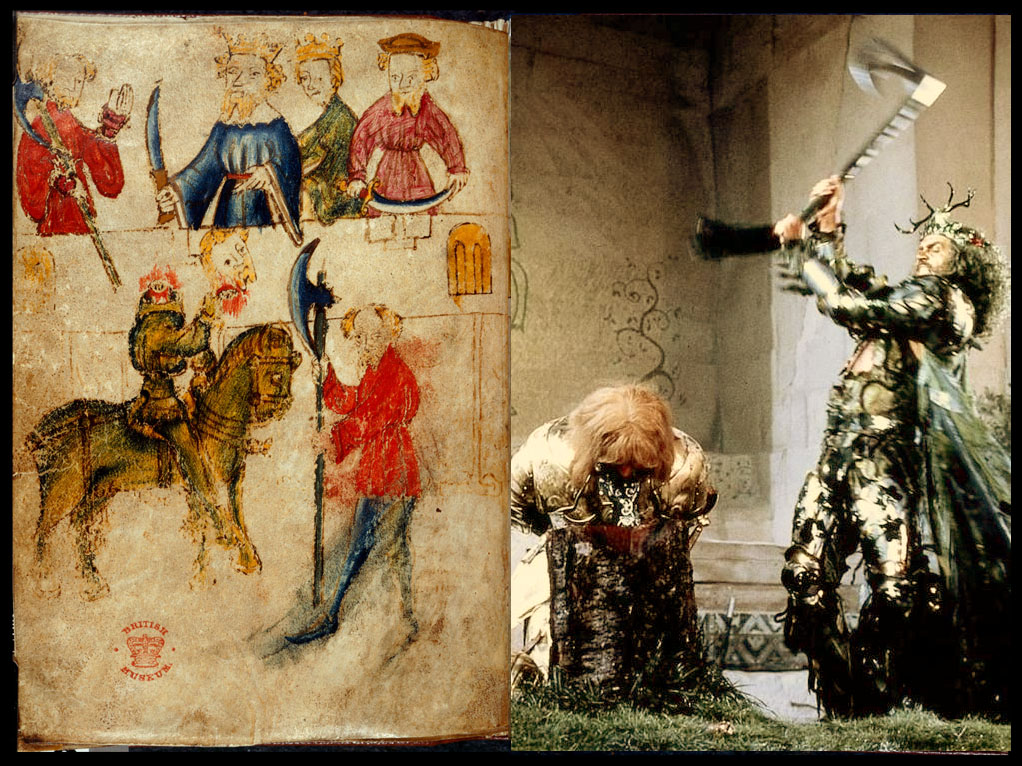
Even though it’s already well known, it seemed wrong to omit Washington Irving’s The Legend of Sleepy Hollow and its headless horseman. Wilkinson seemed particularly eager to discuss it, so we leave that to him (with more than a little help in the sound effects department.)
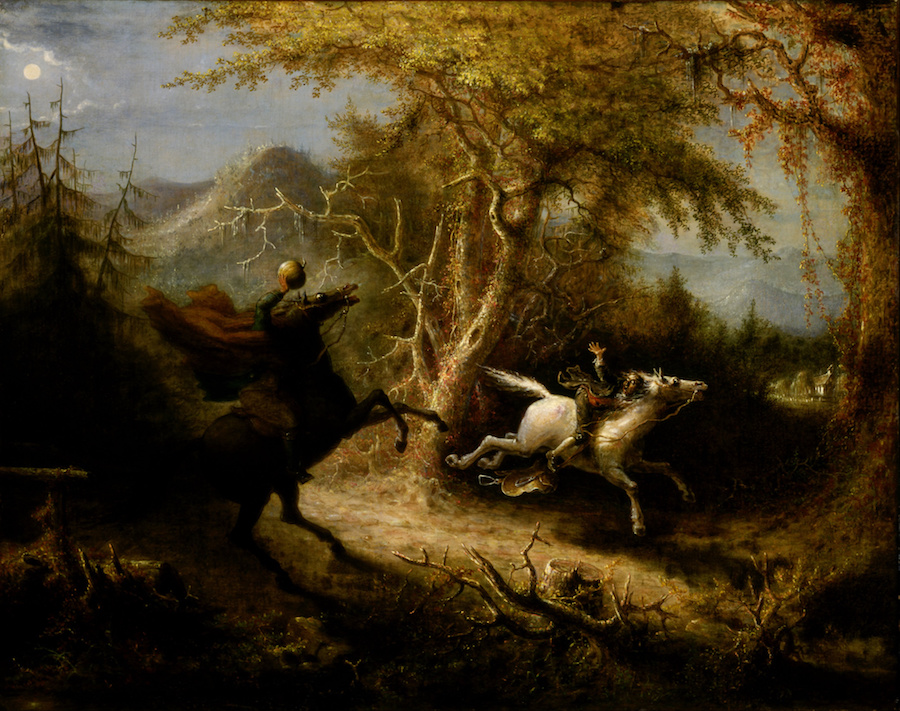
Scotland offers our next two stories, one which tells of a sort of headless horseman of the Highlands (and some fortune-telling butter) and the other of Mary Queen of Scots badly botched beheading.
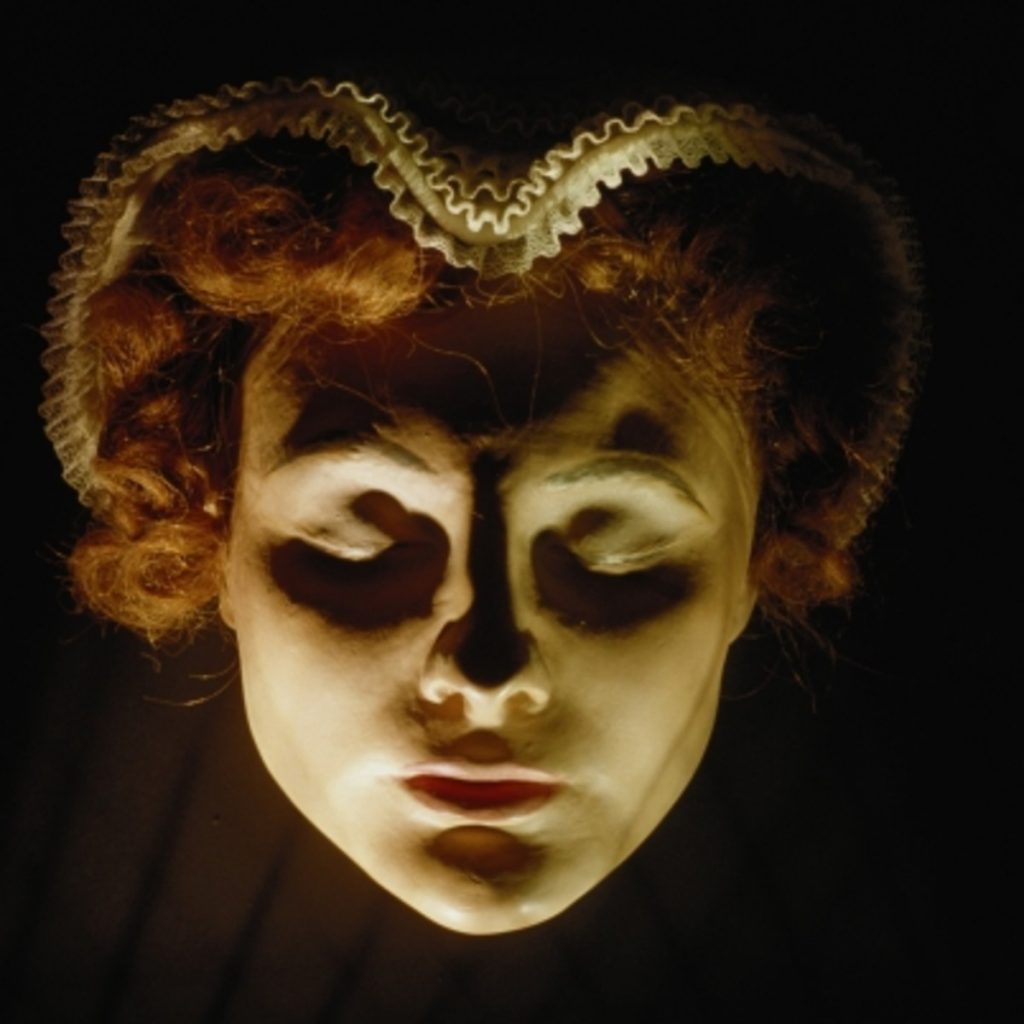
Then it’s back to Wales for the story of Bran the Blessed, a mythological king, whose (not quite dead) head was quite the entertainer and ended up buried under the Tower of London once it shut up. The execution of Anne Boleyn also gets a nod with macabre ditty from 1934 about her headless ghost.
If you find yourself horrified by the obsession with heads and head-chopping in these Celtic nations, you are not alone. Classical writers also were appalled by decapitation fixations of the northern tribes. We hear some choice words on the subject, read by Wilkinson. We also learn about a bizarre super-weapon employed by Celtic warriors — “brain balls” — and how they figure into a story of a newly converted Celtic chieftain.
The Germanic tribes too had a loose head or two in their mythology. Hear the story of Mimir, whose decapitated head Odin preserved and relied upon for counsel.
We close the show with some talk of magicians (an alchemist and a supposedly wicked pope) who created their own “brazen heads” intended to likewise offer advice or prognostication.
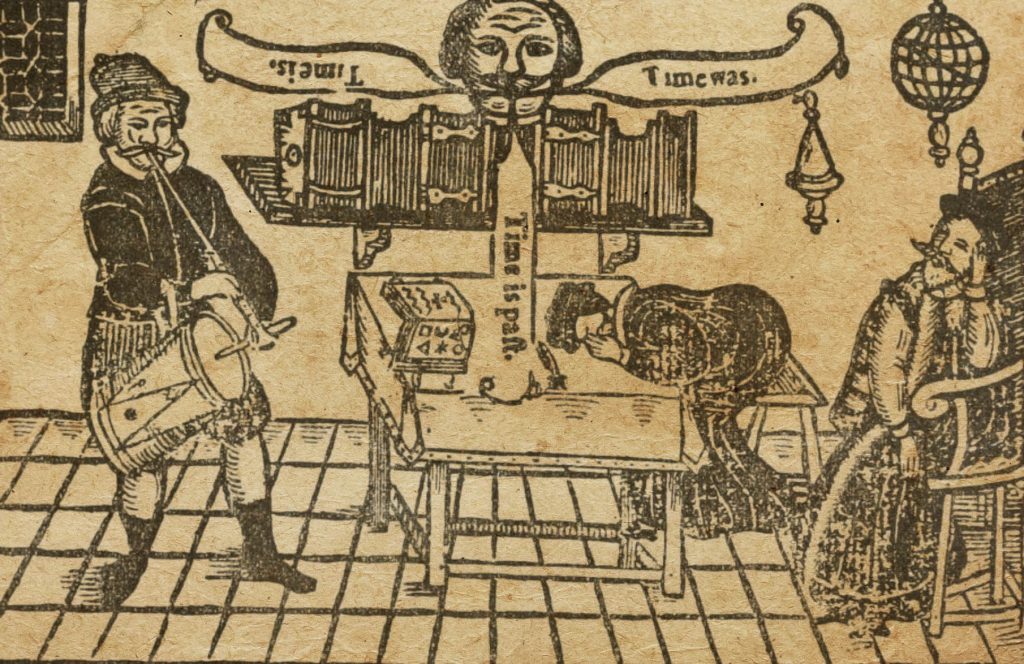
Episodes 6-7 are in the works. Stay tuned!
June 18:
EPISODE 6
“Lost Heads”
Folklore of the decapitated. Celtic head-hunting. Magic heads.
July 2:
EPISODE 7
“It is 100 Years Since Our Children Left”
A historical mystery. Dancing to death. A wicked bishop.

Podcast: Play in new window | Download (Duration: 36:34 — 33.5MB)
Subscribe: Apple Podcasts | Spotify | Android | Podchaser | RSS | More
We follow our previous episode on the god Pan with a second this week, delving even deeper into the creative and bizarre ways the figure has been embraced after his much publicized “death.”
Our first several minutes are devoted to literary explorations of Pan in the decades around World War I. Naturally we examine only writers providing the more fantastic or horrific examples, including the creator of the high fantasy genre Anglo-Irish writer Edward John Moreton Drax Plunkett, the 18th Baron Dunsany (aka Lord Dunsany). In The Blessings of Pan, he imagines ancient rites to Pan resurrected in the England of his day. If you like what you hear, you might want to have listen to another one of his stories narrated by Vincent Price here.
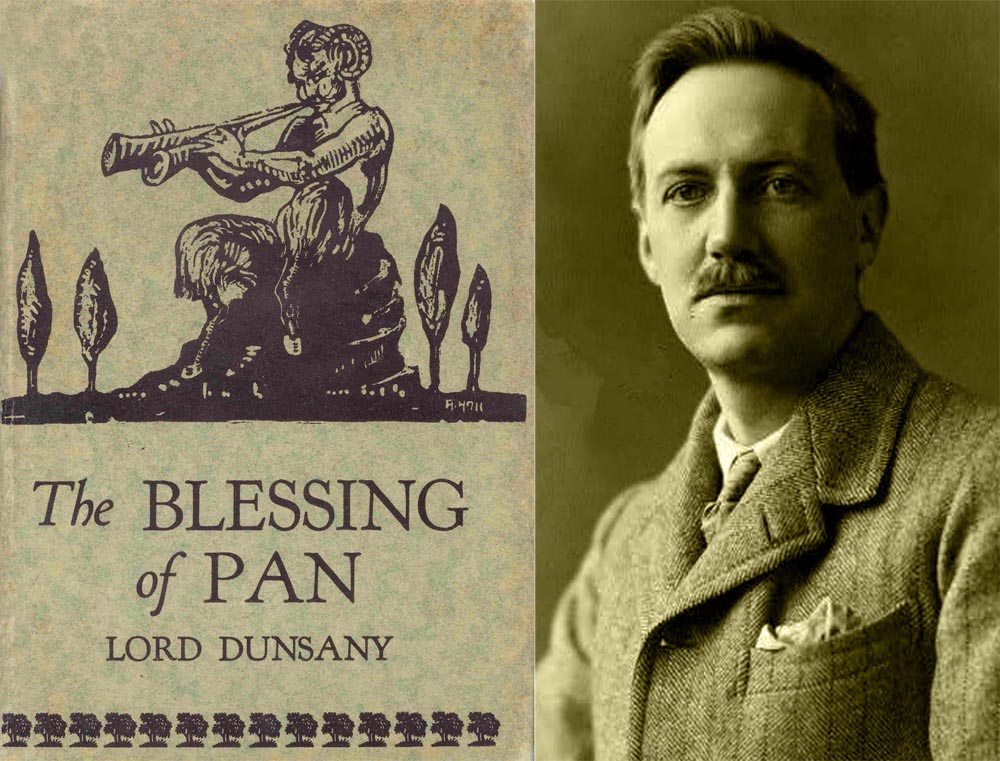
Wilkinson also provides us a reading from “The Music on the Hill,” by writer Hector Munro, who wrote under the name “Saki”. There is a spoiler in the reading, but it’s pleasingly grisly. We make up for the spoilage by providing you this additional unsettling, darkly comic (to us) story by Saki, one in which a defiant young boy decides to provoke his caretaker by creating a religion around his ferret, whom he names “Sredni Vashtar.” As it turns out, the ferret proves to be a dreadfully vindictive god.
But I digress.
As it turns out, the idea of a return to pagan Pan worship in the Christian era written about by Dunsany and others, may be more than simply a matter of fiction. Our next segment deals with such a case. In 18th-century England, in the town of Painswick, England, a member of the gentry, one Benjamin Hyett, was known to have built “an Arcadian retreat” featuring a building known as “Pan’s Lodge.” You can have a look here at a contemporaneous painting of the lodge grounds and Hyett’s statue (one of two — the other met a curious fate).
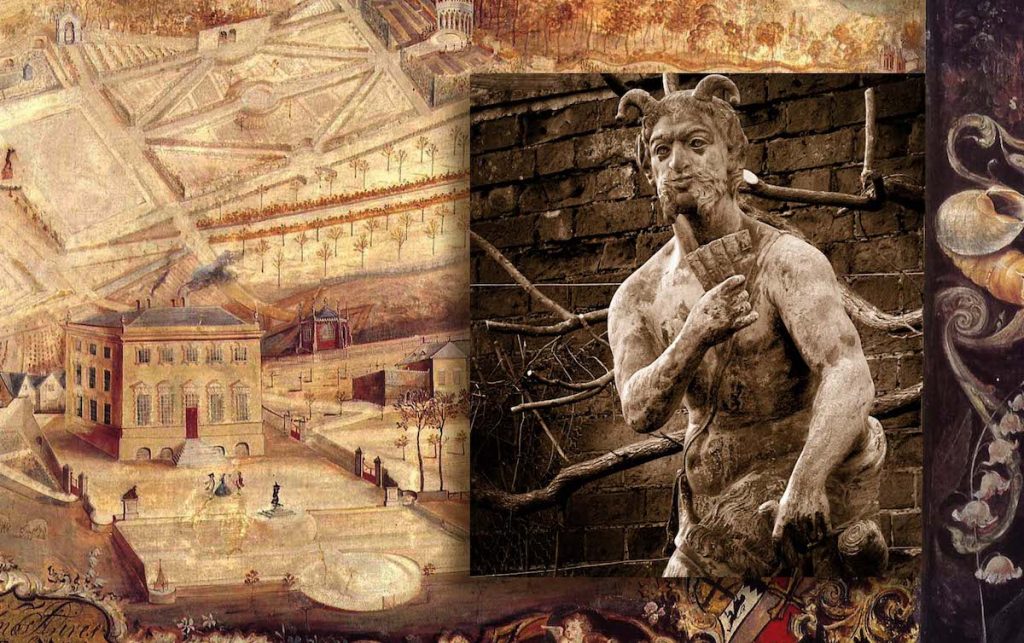
Hyett eventually brought the entire community around to join in these rites to Pan. The story grows more complex and curious as these rites are resurrected roughly a century later by a priest who, as we learn, had some intriguing notions about their meaning and origin. Entangled within this story are other local oddities of Painswick culture, including a dish known as “Puppy Dog Pie,” and a practice known as “clipping the church” or “church clipping,” in which members of the congregation join hands and perambulate their place of worship.

Somehow we then arrive at the topic of Lupercalia, the Roman festival involving priests dressed in nothing chasing the Roman woman through the streets with whips. Oddly enough this topic brings us back to Arcadia, home of Pan.

Lupercalia brings us to some interesting myths and tales related to the Arcadian festival Lykaia and King Lycaon, whom Zeus transformed into a wolf (history’s first werewolf, some would say.) Find out what loathsome act drove Zeus to take this action as Wilkinson provides another excellent reading from Ovid.
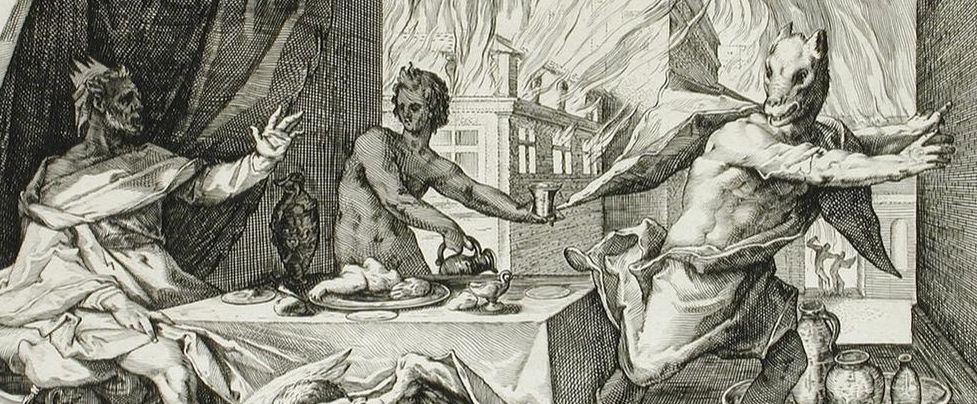
A bit more ancient Greek werewolf lore, a ghastly story about Pan and his ill-fated pursuit of the nymph Echo, and we end up — of all places — on Summerisle, that is, talking again about The Wicker Man, as we are wont to do. Somehow, the Wicker Man leads us back to Pan. You’l have to just trust me on this.
Benjamin Hyett, was not alone in resurrecting the notion of Pan worship. We find religious devotion to Pan and other pagan nature spirits (as well as inexplicably thriving vegetables) at Northern Scotland’s Findhorn Community. Some clips from a 1973 BBC show make clear their roots in the hippy culture of the era, giving us a bit of background before we meet Findhorn’s primary acolyte of Pan, Robert Ogilvie Crombie (aka ROC). His encounters with Pan in 1970s Edinburgh bring up an interesting point about the difficulties of directly encountering Pan. And naturally, this brings us to our next and final topic.
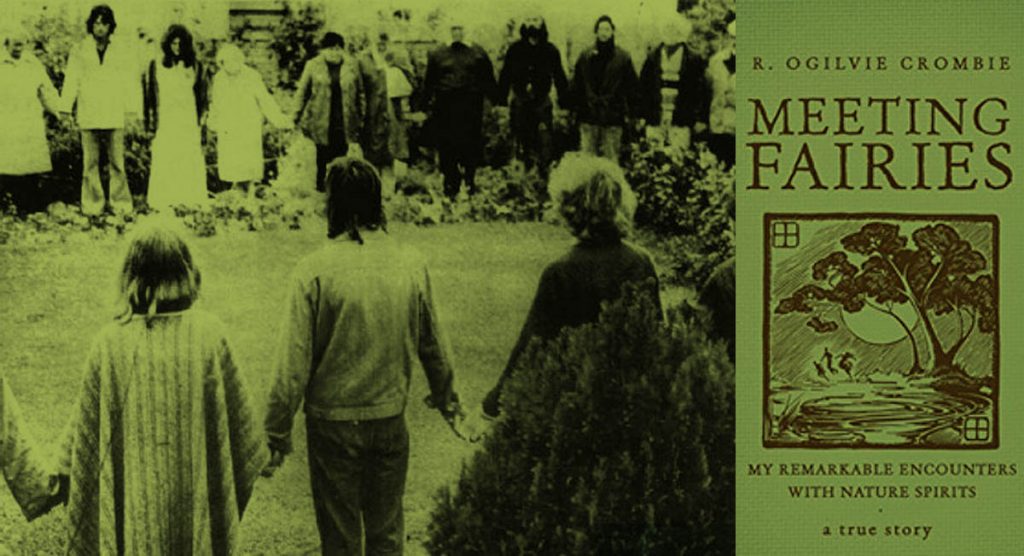
Arthur Machen’s 1890 horror novel, The Great God Pan was highly influential not only to Lovecraft, but other writers in his circle, and in general on the genre variously identified as “weird fiction” or “cosmic horror.” Neil Gaiman, Guillermo Del Toro, and Arthur C. Clarke have all praised the story. Stephen King has called it “one of the best horror stories ever written. Maybe the best in the English language.”
Once again Wilkinson provides a couple readings of wonderfully morbid passages from the book complete with the usual Bone and Sickle audio ambiance.
We go out with the song “The Great God Pan” from the soundtrack to Mondo Hollywood, a 1967 a documentary in the “mondo” style presenting a mix of LA celebrities and countercultural oddballs, heavy on the oddballs.
